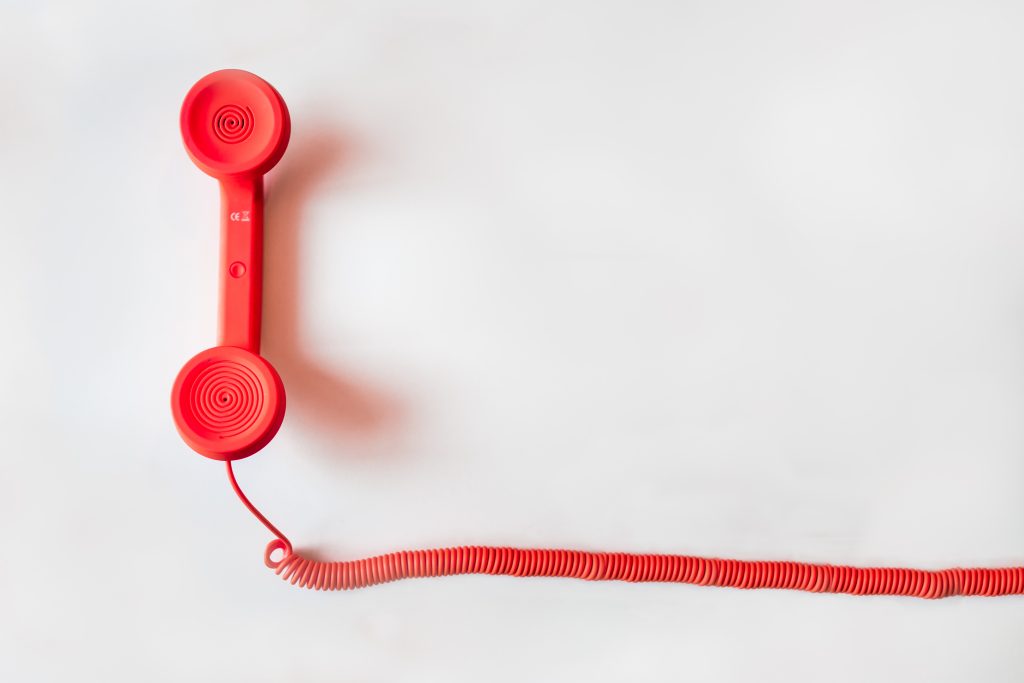Five tips for increasing your chances of securing that next foundation grant.
So you find yourself sitting at your desk, patting yourself on the back for finally dropping all those letters-of-inquiry, otherwise known as LOIs, in the mailbox and (hopefully) making their way into the hands of foundation decision makers. You spent precious time on it, making sure that the margins were perfect and the words painstakingly tailored for that specific foundation, and you just hope it doesn’t go to die in a pile of dusty letters.
If this sounds familiar, you are not alone. Many nonprofit development personnel find it difficult to know what the next steps are after sending an LOI to a foundation. They often succumb to behaving like little worker bees, focusing on the next batch of letters to be mailed out – writing, printing, stuffing, stamping, praying, and then doing it all over again. These tangible menial tasks can be soothing to some employees. Easy boxes to check off.
However, sending out an LOI is only half the battle. To see successful outcomes, you need to follow up and make sure your letter is in the hands of the right foundation decisionmaker.
Here are a few tips to help you follow up with a foundation after sending them an LOI and increase your chance for securing that next foundation grant.
1. Make a phone call.
Call the foundation, ask for the person you addressed your LOI to, and if you’re lucky enough to get them on the phone on the first try, politely ask them if they’ve received your letter and if they’ve had the opportunity to read it. If they have, ask if they have any questions and what the appropriate next step might be, i.e., proposal submission. Be sure to thank them for their time.
Now, don’t leave your charm back home. Remember to be personable. Hopefully you’ve done a bit of background research on this person (or have hired American Philanthropic to do the research for you) and can find one small piece of common ground to talk about while you’re on the phone.
Almost always, you should ask if they’re willing to meet. Nonprofits that meet with their donor prospects are much more successful at fundraising than those who don’t.
Remember, at the end of the day, fundraising is all about building relationships.
Now what if they don’t pick up the phone?
2. Call again. And then again.
Try to call them at least three times over the course of a few weeks, leaving a message each time. I heard a foundation executive once say, “it’s amazing how quickly some nonprofits give up. I’m busy and often can’t get around to responding to a nonprofit for quite some time. If I see that a nonprofit doesn’t try to contact me more than once, than it’s a sure sign that they aren’t serious about working together.”
If you still do not receive a response,
3. Send them an LOI the following grant cycle or year.
Many times, receiving a grant from a foundation whose mission you align with is about catching them at the right time. Maybe they can’t allocate funds for you in this grant cycle but it’s possible that an opportunity for a new grantee presents itself in the following.
4. Lastly, don’t get discouraged.
If they respond with a rejection, take the opportunity to ask the foundation for feedback. Is there anything you can do differently in the future? Should you have sent it out at a more appropriate time in their fiscal year? What kinds of projects is the foundation looking to invest in over the coming year? Take this as a learning opportunity and unless they explicitly say to never send a letter, send an LOI again in the future.
5. A few more ideas.
Send an email or fill out their ‘contact us’ form on their website asking if they’ve received your LOI. If one of your board members or contacts knows somebody at the foundation, ask if they can introduce you or at least mention that you’ve sent in an LOI.
Pick quality over quantity, every time. Better to churn out less LOIs and make sure that you’re doing everything in your power to give the LOIs you do send out the best chance of success. Following up with foundation prospects is an important and essential step in the inquiry process.
It’s my personal and professional goal to help purpose-driven organizations achieve their fundraising goals, craft clear and compelling communications, and achieve greater influence. Please let me know if and how I can be of help to you. Feel free to shoot me an email at lpallares@americanphilanthropic.com or check out our services online at AmericanPhilanthropic.com. We also have ongoing fundraising seminars and events throughout the year.







Thanks for your help. Thanks for sharing your thoughts with all of us. Great!!
I was enrolled in some courses but dateline 29/06/2018. Does it mean I miss them.
I have a lot officers under me, and we generally find (it took a while to get used to) that a lot of people are screened out by our schedule. But I myself, not them, sign all NO letters.